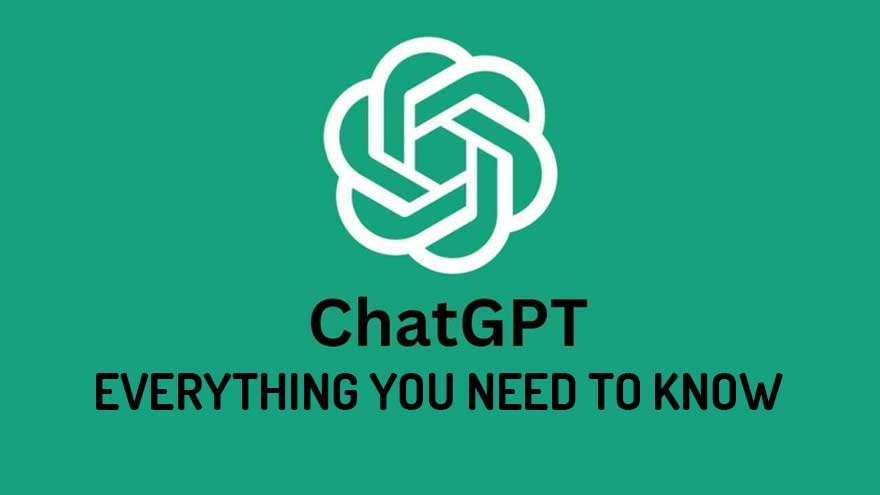ChatGPT is a large language model created by OpenAI. As a language model, ChatGPT is designed to generate human-like responses to natural language inputs. ChatGPT represents a significant advancement in natural language processing technology, enabling more human-like interactions between humans and machines.

ChatGPT is a large language model created by OpenAI, based on the GPT (Generative Pre-trained Transformer) architecture. It is designed to perform a wide range of natural language processing (NLP) tasks, such as text generation, summarization, translation, sentiment analysis, and more.
ChatGPT is a large language model based on the GPT-3.5 architecture, created by OpenAI. As a language model, ChatGPT is designed to generate human-like responses to natural language inputs.
ChatGPT has been trained on a massive amount of text data and can understand and respond to a wide range of topics, including general knowledge, current events, and personal interactions.
The model has been used for various tasks such as language translation, text summarization, and conversation generation. ChatGPT has also been used in chatbots and virtual assistants to provide natural and engaging conversations with users.
Overall, ChatGPT represents a significant advancement in natural language processing technology, enabling more human-like interactions between humans and machines.
The GPT-3.5 architecture is an extension of the GPT-3 architecture, which was released by OpenAI in 2020. It has 175 billion parameters, making it one of the largest language models in the world. The GPT-3.5 architecture is designed to handle even more complex natural language tasks than its predecessor. It is also capable of performing multiple tasks simultaneously, making it a highly versatile language model.
To train ChatGPT, OpenAI used a massive dataset of text from the internet. The dataset includes a wide range of text sources, including books, websites, and social media platforms. The dataset is so large that it would take over 300 years for a single GPU to process it.
ChatGPT has a wide range of capabilities. It can perform tasks such as text generation, summarization, translation, sentiment analysis, question answering, and more. Its natural language processing abilities are so advanced that it can generate human-like responses to questions and commands.
ChatGPT is capable of generating high-quality text that is virtually indistinguishable from human-written text. It can generate text in a variety of styles, including news articles, product descriptions, and even poetry. Its text generation abilities are so advanced that it can even generate multiple paragraphs of coherent text based on a single sentence prompt.
ChatGPT is also capable of summarizing long pieces of text into shorter summaries. It can identify the most important parts of a piece of text and condense them into a concise summary. This is a valuable capability for businesses that need to quickly understand the contents of large documents.
ChatGPT can also translate text from one language to another. Its translation capabilities are not limited to simple word-for-word translations; it can also take into account the context of the text to provide more accurate translations.
ChatGPT is capable of analyzing the sentiment of a piece of text. It can determine whether a piece of text has a positive, negative, or neutral sentiment. This capability is useful for businesses that want to monitor the sentiment of their brand on social media.
ChatGPT can also answer questions based on a given piece of text. It can understand the context of a question and provide a relevant answer. This capability is useful for businesses that want to provide quick answers to customer questions.
ChatGPT is a highly advanced language model that is capable of performing a wide range of natural language processing tasks. Its text generation abilities are particularly impressive, and it is capable of generating high-quality text that is virtually indistinguishable from human-written text. Its advanced capabilities make it a valuable tool for businesses that need to quickly process large amounts of text data.